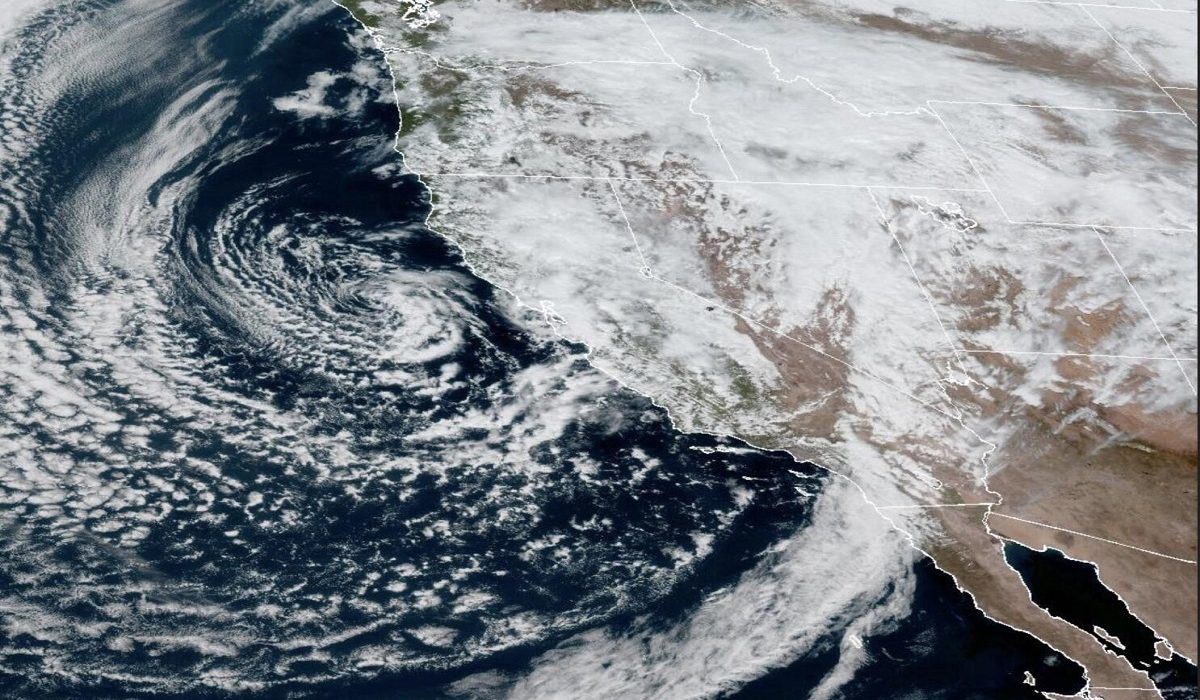In groundbreaking meteorological research, a worldwide team of researchers from the University of Miami Rosenstiel School of Marine, Atmospheric, and Earth Science, the European Centre for Medium-Range Weather Forecasts (ECMWF) in Reading, UK, and the National Center for Atmospheric Research (NCAR) in Boulder, CO, made significant strides in understanding tropical atmospheric waves. This study, released on June 1, 2024, in the American Geophysical Union’s Journal of Advances in Modeling Earth Systems, addresses Convectively Coupled Kelvin Waves (CCKWs), which are massive waves traveling over 1,000 miles across the equator and significantly impacting global rainfall patterns and extreme weather events like hurricanes and heavy rainfall.
Importance of Convectively Coupled Kelvin Waves:
Convectively Coupled Kelvin Waves are a form of atmospheric wave with important applications in tropical meteorology. These huge waves sweep throughout the Earth’s atmosphere near the equator, influencing worldwide weather patterns, especially in the tropics. Understanding CCKWs is critical for better weather forecasting since they can considerably influence the genesis and strength of tropical cyclones and severe rainfall occurrences.
A Joint Research Project:
The study is a great collaborative effort including academics from several major institutions. The researchers used extensive computer resources and cutting-edge weather models to mimic the motion of CCKWs. The major purpose was to improve knowledge of these waves and their effect on weather systems, resulting in more accurate weather forecasts.
“Our findings suggest that enhancing the simulation of these Kelvin waves in climate models could enhance the precision of predictions for other severe impacts weather features,” said Quinton Lawton, a recent graduate from the Rosenstiel School’s Department of Atmospheric Sciences and the study’s lead author. “This has an opportunity to provide communities, particularly those in tropical regions, with an additional lead time and preparedness for destructive weather.”
Method and Tools:
The research team used NCAR’s high-performance computing infrastructure, which enabled them to run extensive simulations with sophisticated weather models. The study relied on two important models: the Model for Prediction Across Scales – Atmosphere (MPAS-A) and the ECMWF’s Integrated Forecast System (IFS). These models are some of the most complex instruments for forecasting weather, capable of accurately replicating atmospheric events.
The team concentrated on replicating numerous Kelvin waves from 2021, with a special emphasis on a significant Kelvin wave above the Atlantic Ocean associated with the emergence of Tropical Storm Victor. The simulations demonstrated that current meteorological forecast models are unable to effectively mimic Atlantic Ocean CCKWs, emphasizing the need for model upgrades to better forecast extreme weather events.
Novel Technique for Enhancing Kelvin Waves in Models:
One of the study’s major accomplishments is the introduction of a new methodology for adjusting the magnitude of Kelvin waves in weather prediction models. This new technology enables researchers to better define the properties and implications of Kelvin waves, improving the precision of weather predictions.
Kelvin waves are now known for boosting the probability of hurricane creation and producing extreme rainfall events. In a previous work published in 2023, Rosenstiel School academics Lawton and Sharan Majumdar described how these waves can promote tropical storm formation in the Atlantic. The latest study expands on previous research, offering more information about Kelvin wave behavior and impacts.
Implications of Weather Forecasting:
The ramifications of this work for weather prediction are significant. Researchers can improve the precision of forecasts for high-impact weather occurrences by better simulating CCKWs in weather models. This could give communities, particularly those in tropical areas, more time to prepare for cyclones and heavy rainfall, perhaps saving lives and minimizing property damage.
The study also emphasizes the need for additional research into why present models struggle to effectively simulate Kelvin waves. Understanding the constraints of current models is an important step toward creating more accurate and dependable weather forecast tools.
Future Research Targets:
Based on the conclusions of this study, further studies should concentrate on four critical areas to better improve our knowledge of Kelvin waves and their effect on weather systems:
- Improving Model Simulations: More work is needed to develop weather forecast models to better simulate Kelvin waves. This entails correcting the current study’s weaknesses while also incorporating new information and methodology.
- Increasing Observational Data: Expanding the quantity and standard of observational data is critical for validating and enhancing model simulations. Improved satellite imagery and ground-based surveillance can give more detailed information about Kelvin waves and their connections with other atmospheric occurrences.
- Identifying Wave Interactions: Additional research is needed to determine how Kelvin waves relate with other atmospheric waves and weather patterns. Understanding these connections can help us better understand the mechanisms that cause extreme weather events.
- Evaluating Climate Change Impacts: Understanding how climate change affects the course of Kelvin waves and their effect on weather patterns is critical for forecasting future climatic conditions. This research can assist shape climate adaptation strategies and lessen the effects of climate change on communities at risk.
- Collaborative Work: Encourage collaborative work among meteorologists, climate scientists, marine scientists, and other professionals to get a better grasp of atmospheric waves and their wider significance for the Earth’s climate system.
Raising Public Awareness and Readiness:
In addition to expanding research understanding, it is critical to convey the outcomes of this study to the general public and politicians. Raising public knowledge of the significance of Kelvin waves in severe storms can assist communities in better understanding the hazards they face and taking preemptive precautions to prepare for cyclones, prolonged rainfall, and other severe impact occurrences.
Conclusion:
To summarize, this revolutionary discovery provides a tremendous leap in our knowledge of tropical atmospheric waves. Researchers from the University of Miami Rosenstiel School, ECMWF, and NCAR collaborated to gain vital insights into the behavior and influence of Convectively Coupled Kelvin Waves on weather systems. The unique methodology used in this work has the potential to improve the precision of weather forecasts, giving communities more time to prepare for catastrophic weather.

